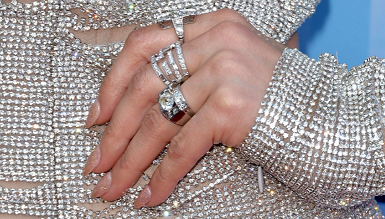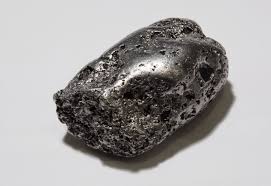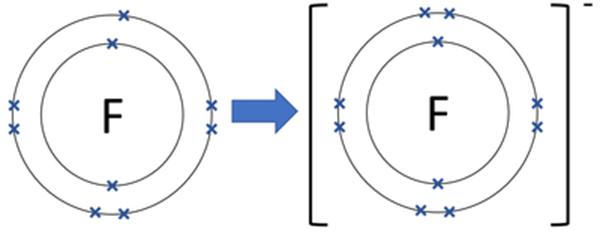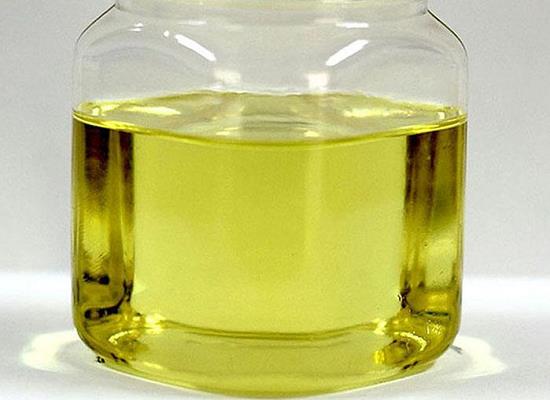What is the charge of platinum?
What is platinum?
Platinum (Pt) is a chemical element with atomic number 78, located in Group 10, Periodic Table, Period 6. Platinum is a very heavy, precious, silvery-white metal that is soft and ductile, has a high melting point, and has good resistance to corrosion and chemical attack. Platinum has antioxidant properties at high temperatures, which is why it was the metal of choice for the first incandescent lamps (1820s). However, it was impossible to maintain a vacuum in use and the lamps burned out quickly. In addition, it was costly.
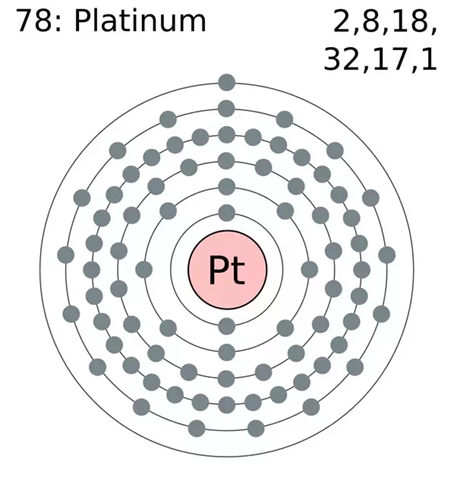
Charge of platinum
Platinum is like an inert gas except its not a gas, it is a solid. But it is highly nonreactive. To make an ion of platinum would require a good deal of energy, the first ionization energy: 870 kJ/mol. In that case the charge on the ion would be +1. Platinum exhibits oxidation states of -3 to +6, with the most common being +2 and +4. But that doesn’t mean that platinum has ionic charges of +2 or +4. PtCl2 and PtCl4 are two simple halides of platinum with oxidation states of +2 and +4. Platinum is also found in some organic compounds.
Platinum is electron configuration is given below: Pt(78) = [Xe] 4f14 5d9 6s1 = [Xe] 4f14 5dxy2 5dyz2 5dzx2 5dx2-y2^2 5dz2^1 6s1 Platinum donates 2 electrons to form Pt2+ ion. So, ion charge of platinum metal is 2+.
Related Research of platinum
A goal in the characterization of supported metal catalysts is to achieve particle-by-particle analysis of the charge state strongly correlated with the catalytic activity. Here, we demonstrate the direct identification of the charge state of individual platinum nanoparticles (NPs) supported on titanium dioxide using ultrahigh sensitivity and precision electron holography. Sophisticated phase-shift analysis for the part of the NPs protruding into the vacuum visualized slight potential changes around individual platinum NPs. The analysis revealed the number (only one to six electrons) and sense (positive or negative) of the charge per platinum NP. The underlying mechanism of platinum charging is explained by the work function differences between platinum and titanium dioxide (depending on the orientation relationship and lattice distortion) and by first-principles calculations in terms of the charge transfer processes.
The adsorption of CO on transition-metal surfaces is a key step in catalysis and a reference system for surface science and computational catalysis. Here, the change in CO site preference with coverage, from top to bridge and back to top, is analyzed using charge transfer and chemical bonding. The relative stability of top and bridge sites is related to the variation in the surface platinum charge with CO coverage. Both the Pt–C σ* (Pauli repulsion) and the C–O π* (back-donation) occupancies increase with platinum charge; however, destabilizing Pauli repulsion dominates over stabilizing back-donation, and adsorption weakens with increasing surface charge. CO at the top sites is more sensitive to Pauli repulsion, leading to a change in site preference from top to bridge with increasing platinum charge and, consequently, with increasing CO coverage. The higher back-donation at the bridge sites eventually switches the site preference back to top near monolayer coverage.
References:
[1] RYOTARO ASO. Direct identification of the charge state in a single platinum nanoparticle on titanium oxide[J]. Science, 2022. DOI:10.1126/science.abq5868.
[2] G. T. KASUN KALHARA GUNASOORIYA; Mark S. CO Adsorption Site Preference on Platinum: Charge Is the Essence[J]. ACS Catalysis , 2018. DOI:10.1021/acscatal.8b00214.
);You may like
Related articles And Qustion
See also
Lastest Price from Platinum manufacturers
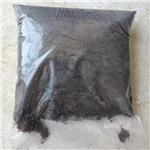
US $0.00/kg2023-12-11
- CAS:
- 7440-06-4
- Min. Order:
- 1kg
- Purity:
- 99.9
- Supply Ability:
- 50kg/M
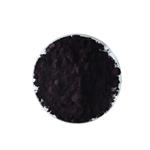
US $0.00-0.00/kg2023-11-14
- CAS:
- 7440-06-4
- Min. Order:
- 1kg
- Purity:
- 99%
- Supply Ability:
- 500000kg


